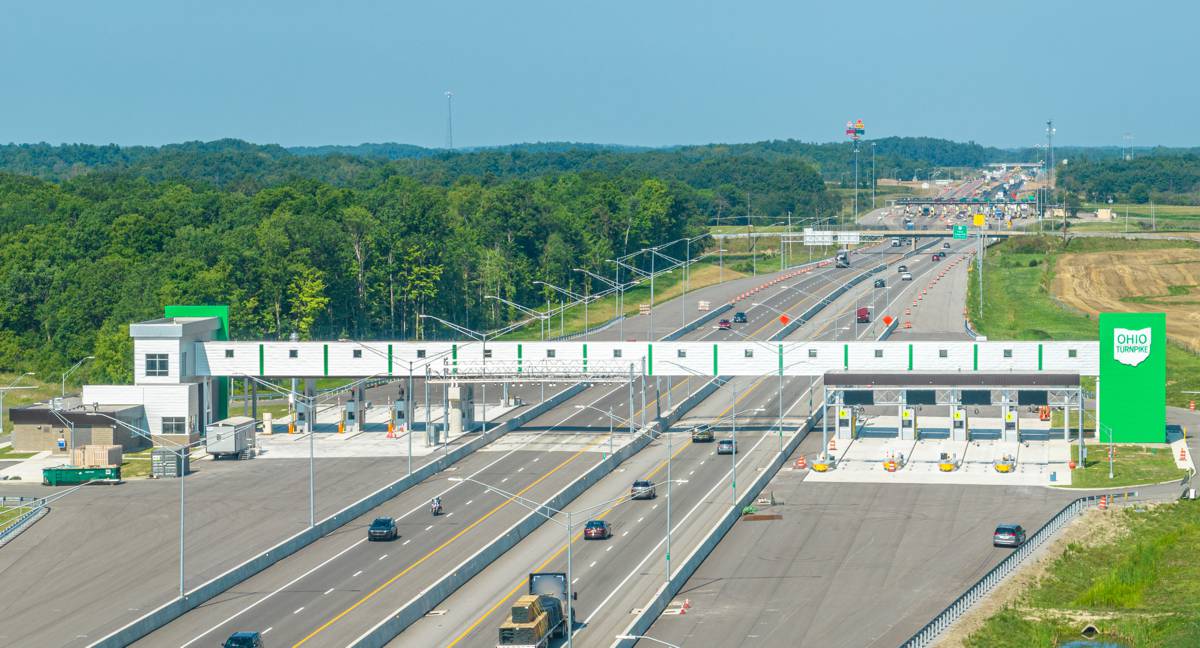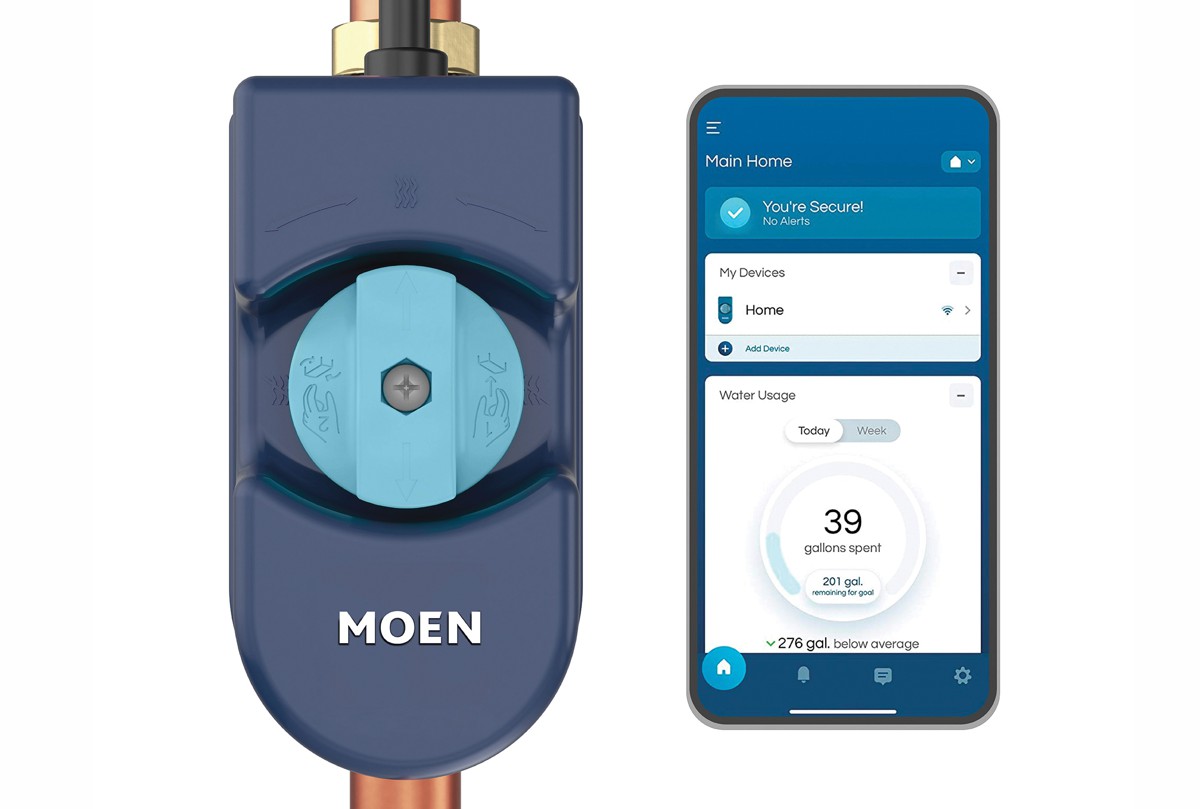Local Authorities benefit from combining components of Asset Management
Councils across the UK increasingly appreciate the importance of harnessing data to shape their strategic approach – and understand the need to make investment decisions based on up-to-date, accurate information. In light of this, many are monitoring the latest developments with IoT and thinking about how to use it to their advantage.
Many started the ball rolling a few years ago by placing sensors on streetlights. Utilising data or communication networks, they have focused on getting these assets to self-report to new central management systems (CMSs) installed at their headquarters.
It is a methodology that turns asset maintenance and management into a more proactive process for local authorities. An alert is sent to the CMS when a bulb blows, providing the council with an immediate update on the situation rather than having to wait for a monthly inspection or a complaint from a member of the public.
This just one of example of an approach known as connected asset management, which involves linking all IoT-enabled devices and data from across networks. This allows councils to gain an enriched understanding and control of their assets in real-time, enabling enhanced energy-efficiency and service delivery.
Componentisation is key
To support this connected asset management approach, councils must ensure they maintain an asset register and manage it as a componentised level across each asset class. Doing this helps extend overall asset life. The failure of one component should not means the end of life for the asset as a whole. To make the most of the assets they have out on the network, councils must ensure, for instance, that they always retrofit the head of a streetlight if the column remains sound and that they resurface rather than start from scratch with a new road, if the base layers are still robust.
In other words, through componentisation the council avoids having to replace the entire asset, by reusing elements of the assets, which might be still functional, and managing them rather than a complete unit or product. That reuse may even come after decommissioning of the original asset. Materials used in road surfacing could end up being used again even after the end of lifecycle of the original surface.
In every case, managing the asset down to a componentised level enables the authority to extend the asset life, and that in turn drives operational efficiency and sustainability. Whether it a streetlight, or a road surface, for instance, building connections between the components of those units, whether they be an individual bulb or a key element of the tarmac, means that the businesses effectively reusing those components, which still have a lifespan, which is beyond what’s obvious if the organisation treats the units themselves as single discrete entities.
Contractors and councils joining forces
Another key area of asset management where bringing together different elements is bringing benefits is in using technology to enable contractors and councils to come together to execute projects more efficiently and deliver better results. We have seen this delivered through Causeway’s acquisition of Yotta, which creates a single, truly integrated end-to-end solution that unites and manages the interface between asset management and works execution for local authorities and their contractors, giving both parties a single provider to reduce data silos and improve asset management simplicity.
Causeway will deliver capability across two key areas. The first, Causeway Maintenance Management, is targeted at contractors working on infrastructure asset management projects. It is essentially a project management tool that provides the ability to schedule job or enquiry tasks quickly and efficiently to project teams working out in the field.
The second major focus for product synergy is targeted at both local authorities and contractors and by integrating Yotta’s Alloy solution and Causeway Project Accounting (CPA). This will deliver a seamless process which covers the whole life of an infrastructure asset from initial design right through asset maintenance and has the potential to brings local authorities and contractors together as a single team working on an infrastructure project.
Reaping the rewards
Ultimately any local authority looking to drive efficiencies and sustainability at every level of asset management and maintenance needs a connected asset management approach. It is key in connecting people, systems, assets and data. It makes asset management more proactive by alerting users to impending problems.
It helps drive synergies between contractors and the council. Critically, it delivers the componentised approach that councils are increasingly looking for. This, in turn, enables local authorities to understand how the specific elements of each asset (LED bulbs in a streetlight column, for instance) are performing but also to re-use those elements that continue to work even after the asset reaches end of life, delivering enhanced efficiency and sustainability to the council as a result.
Article by Andy Peart, Causeway Technologies















